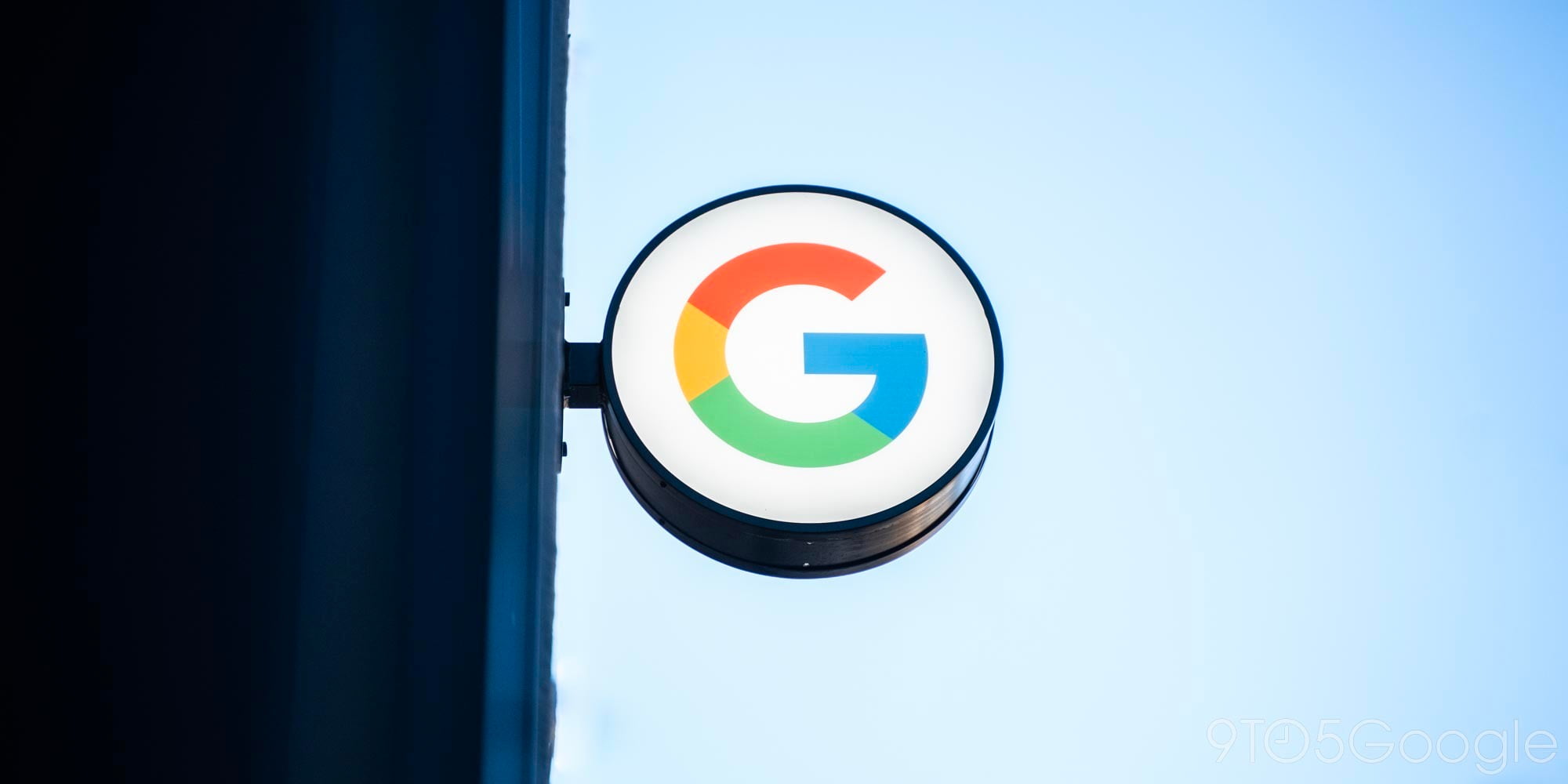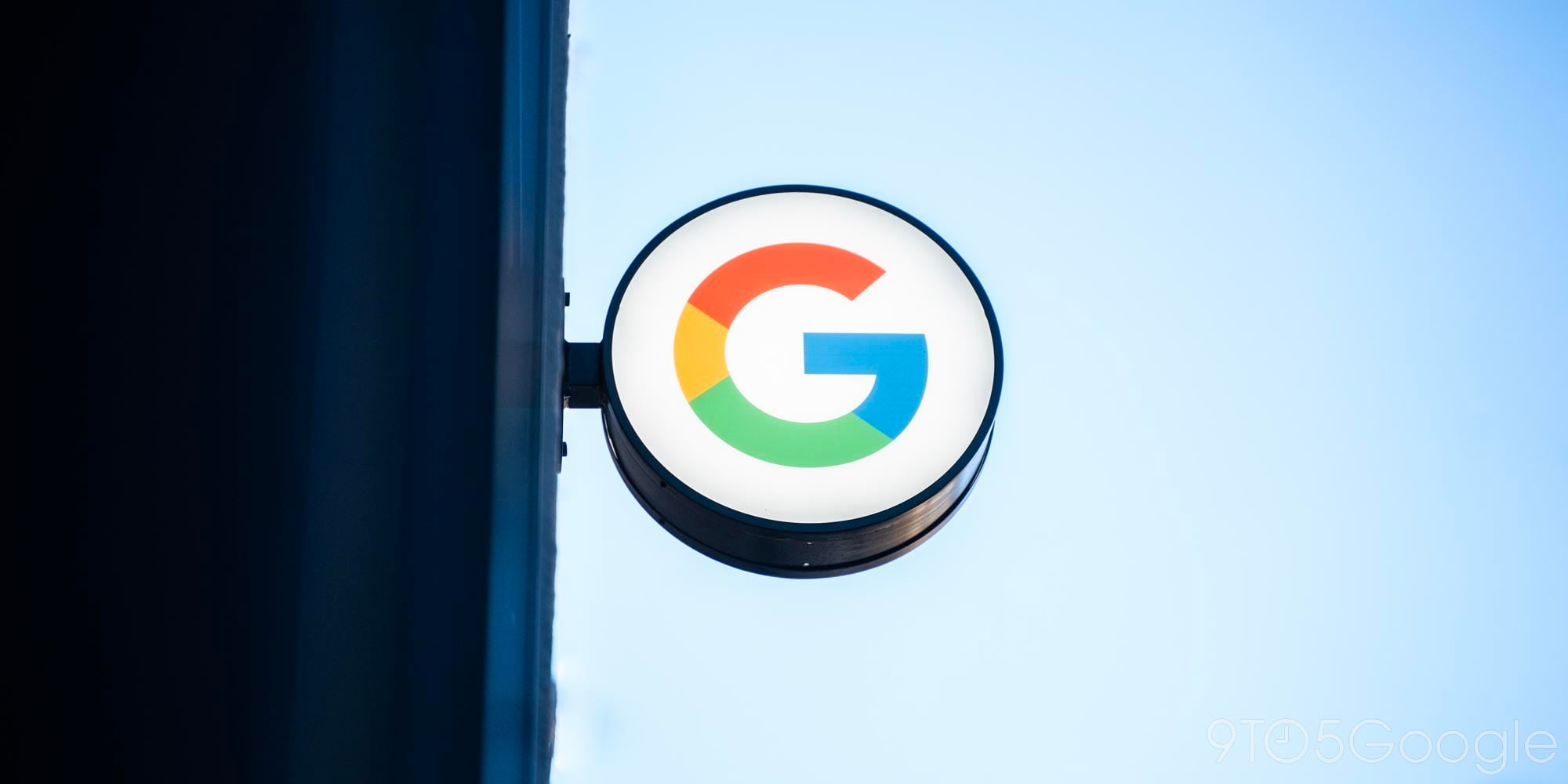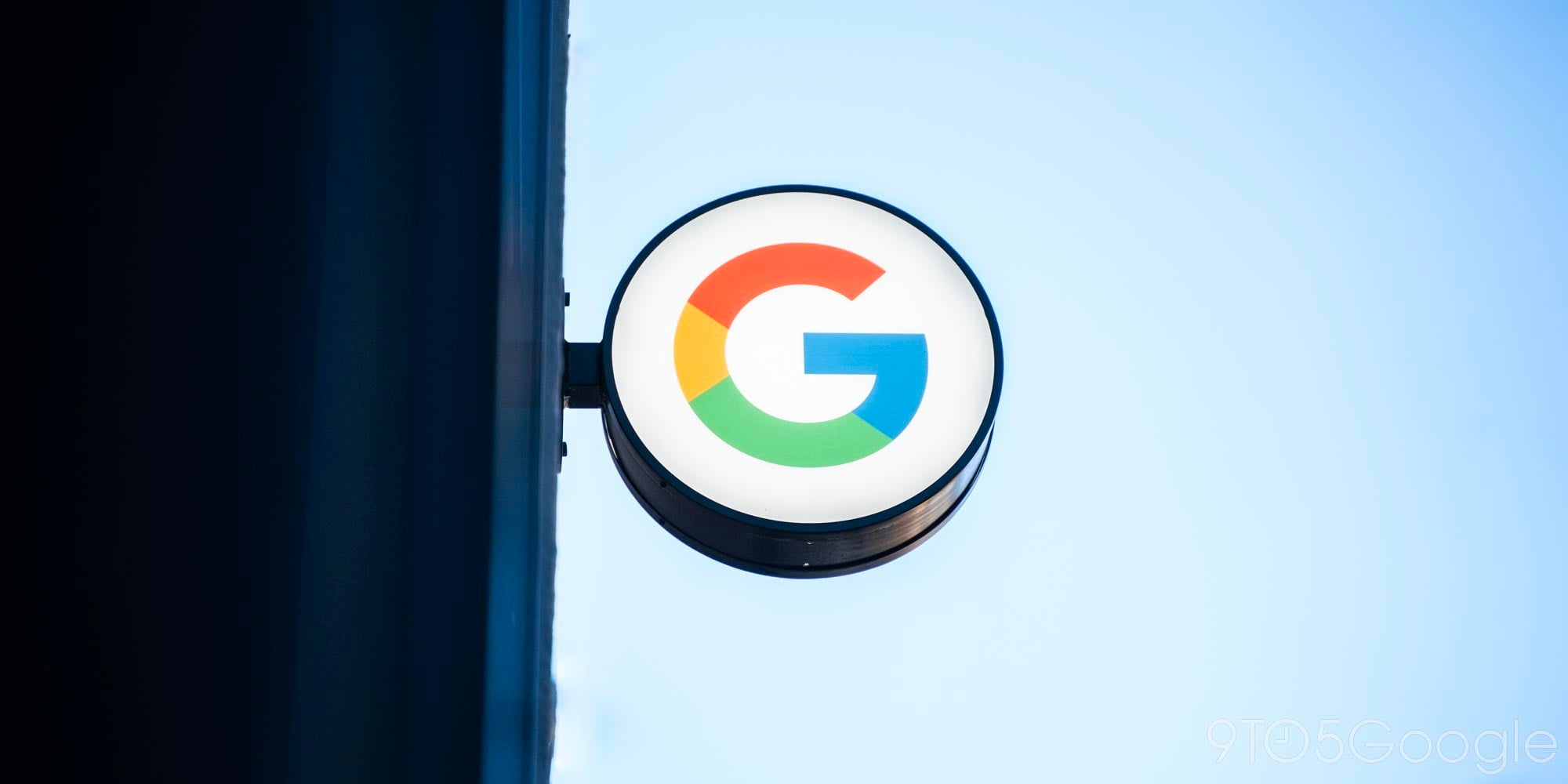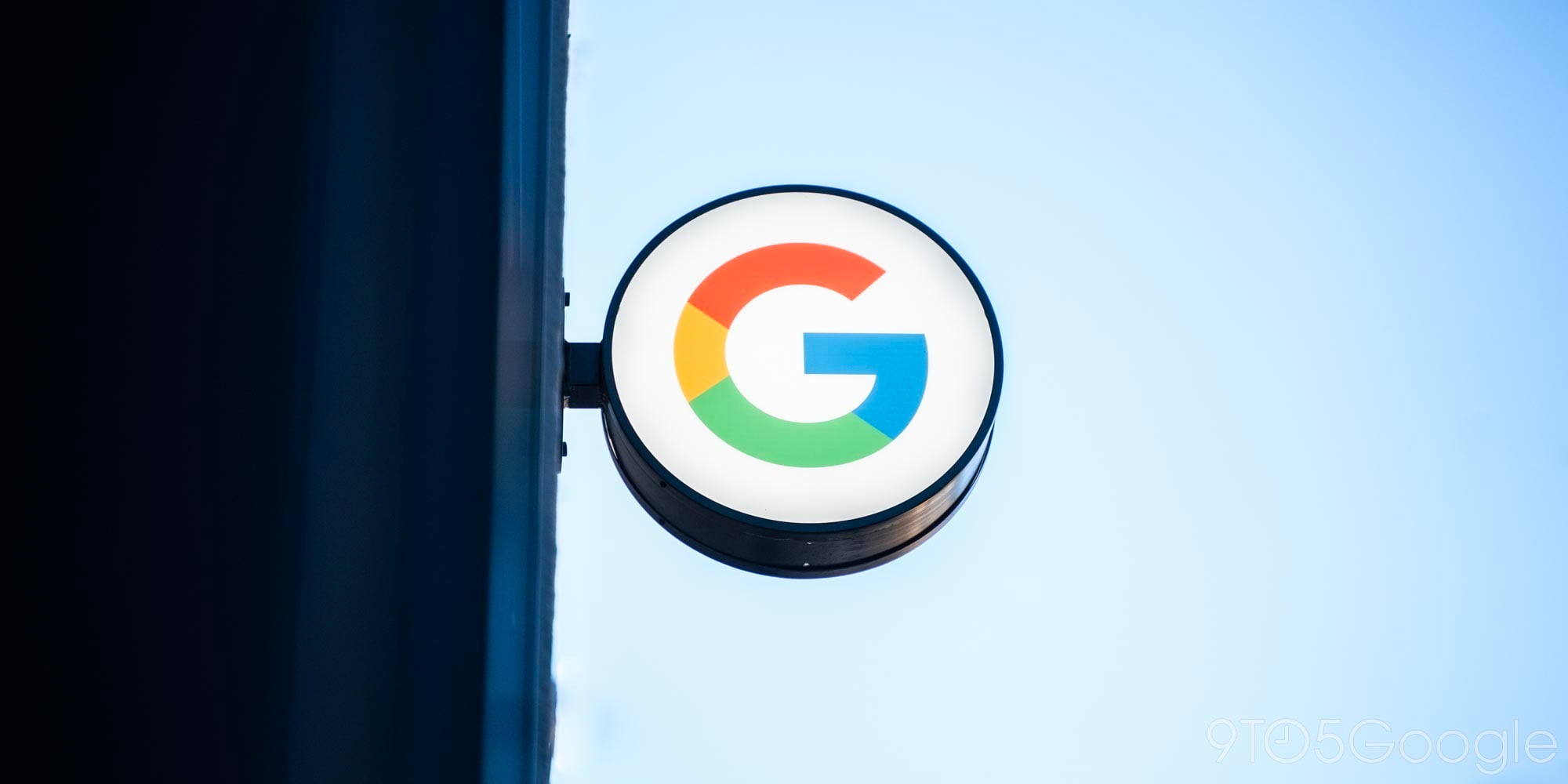Another image of the Nexus 5 shows up, still looks the same
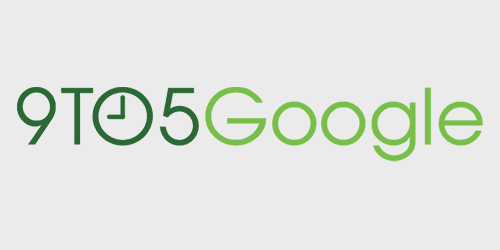
We’ve seen a lot of pictures and videos of the Nexus 5 and that’s why this one has some merit: it looks like the others. It was originally on a forum and picked up by Droid-Life but since has been deleted.
This weekend MyCE/Android World leaked out some specs of the upcoming device.
- Display: 5-inch Full HD display, 442 ppi (potentially 4.97-inch)
- Processor: 2.3GHz Qualcomm Snadragon 800
- RAM: 2GB
- Internal Storage: 16GB (could be another model too, this is what was in the log)
- Camera (rear): 8MP (no idea if it has OIS like the LG G2 camera)
- Camera (front): 1.2MP
- Sensors: accelerometer, magnetometer, gyroscope, proximity, light, barometer, orientation
- Battery: 2300mAh (via FCC) and wireless charging
- Other: LTE, NFC
- Model: LG-D820
Also the FCC has picked it up as well as some benchmarks. All we are missing is a launch date and price.
Expand
Expanding
Close

